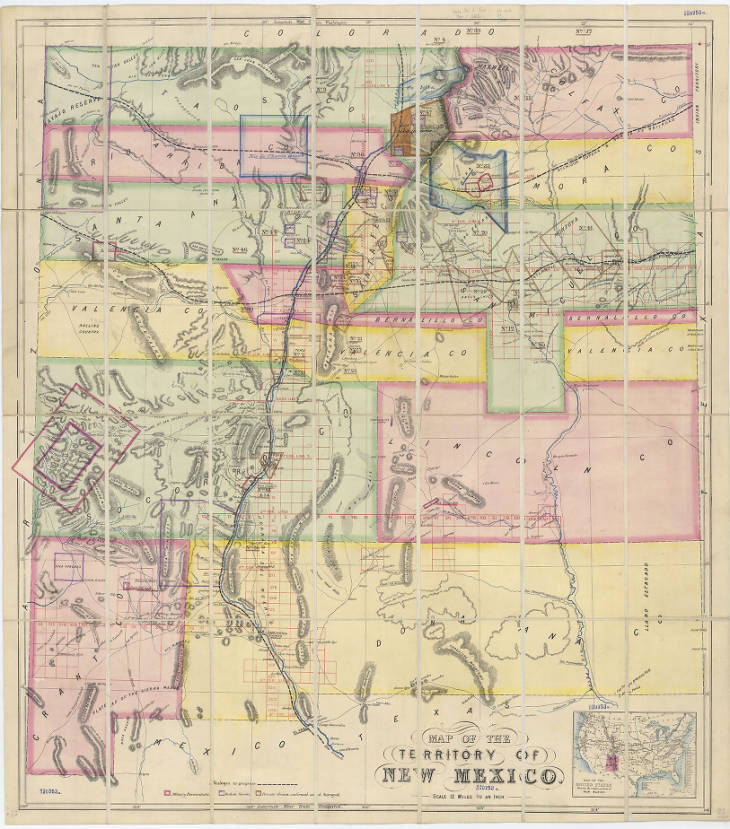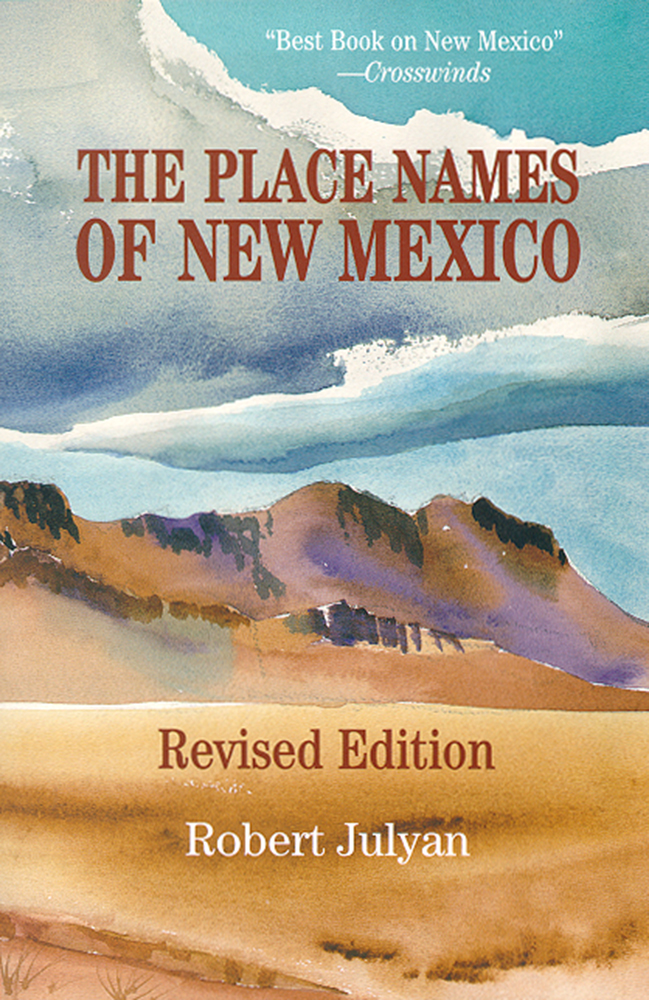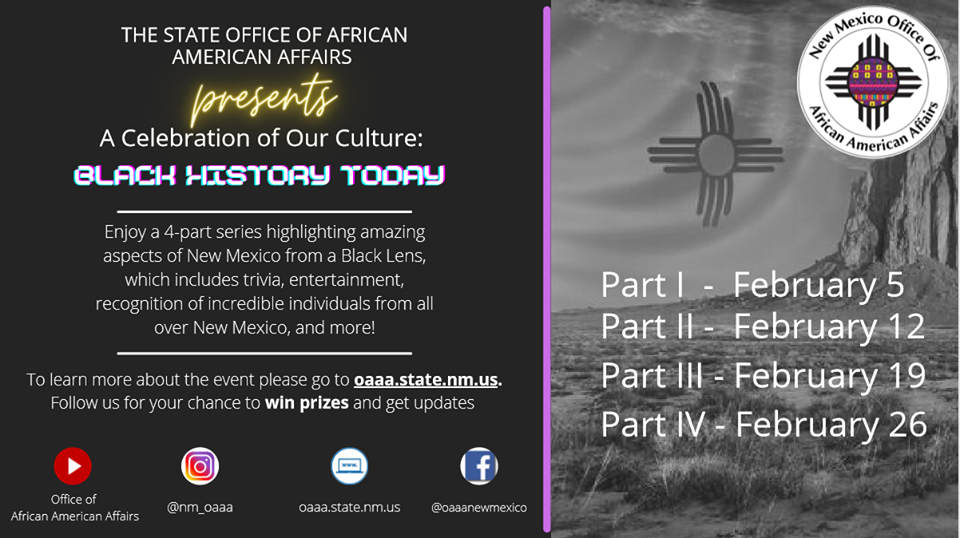President Abraham Lincoln was born on this day in 1809.
The Library does not have any archival material from the 16th president*, so instead today we’re sharing the stories behind his namesakes in New Mexico.

Lincoln County was created by the territorial legislature in 1869 to honor the president. It was originally much larger than today (see pink county in the middle of the map). Chavez, Eddy and Otero Counties were carved out of it, reducing it to its current size today.
The town of Lincoln, formerly known as La Placita Del Rio Bonito, was one of the largest towns in the region that became Lincoln County. It was the county seat until the county offices were moved to Carrizozo in 1909. Lincoln county came to fame/ infamy with the Lincoln County Wars, 1878-1881.
Lincoln Forest Reserve, named for the town and county (both of which were named after the president, so we’re including it) was created in 1902, and renamed “Lincoln National Forest” in 1918.
For more information check out Lincoln Historic Site
*If you have something of President Lincoln’s and are interested in donating, please email us (historylibrary@state.nm.us)
Information from “Place Names of New Mexico” by Robert Julyan.




